Cayman: Doppler Radar Resumes Service Ahead of Hurricane Season
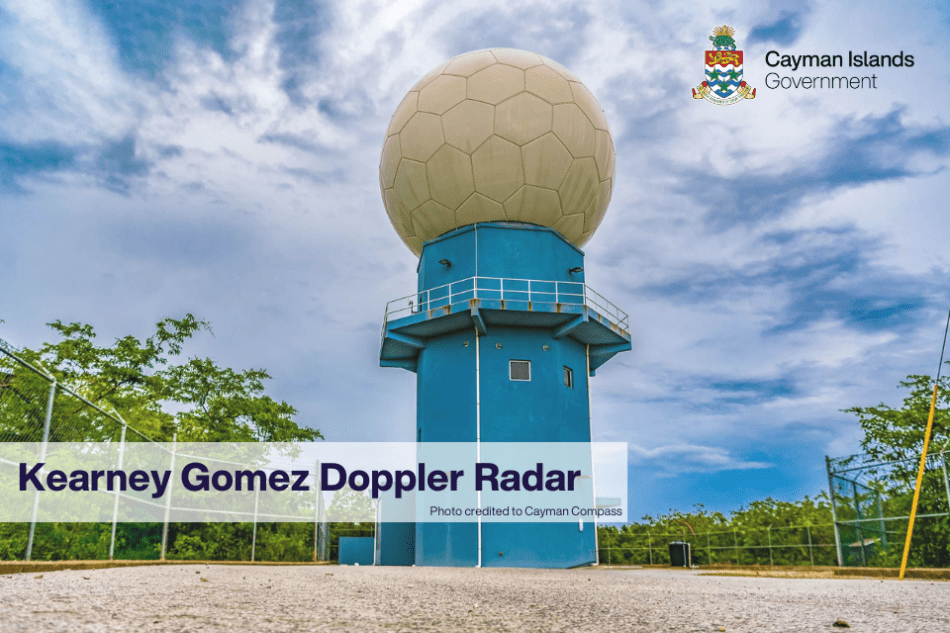
After essential repairs and maintenance, the Kearney Gomez Doppler radar system is now fully operational and is set to resume active service today, Monday 27 May 2024. Premier and Minister responsible for the National Weather Service, Hon. Juliana O’ Connor-Connolly said, “This milestone reflects our government’s commitment to ensuring the safety and preparedness of our nation as we approach the hurricane season. The Cayman Islands is adapting a culture of readiness, wherein we are taking frequent inventory of our existing resources and seeking new ones to ensure our country is resilient in weather situations.”
The Cayman Islands National Weather Service’s (CINWS) doppler radar system is an important tool in tracking storm activity during the Atlantic hurricane season. The radar, located in the interior of East End, can detect moisture and water droplets up to 250 miles away from the Cayman Islands and the encircling sea.
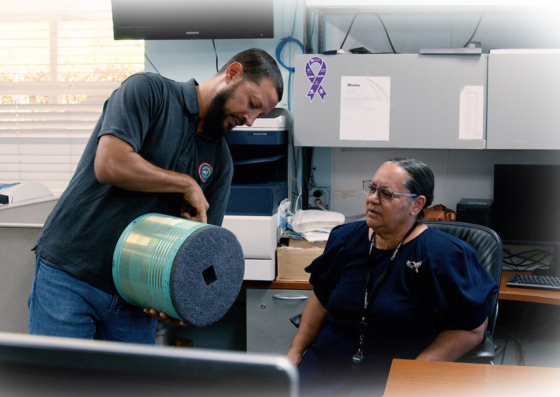

The Premier visits with the CINWS team on Monday, 27 May 2024
Experts from the German-based company, LEONARDO, worked with the CINWS team on the doppler’s recent repairs. LEONARDO, which also installed the radar, is the only entity qualified to provide the level of scientific expertise necessary for the doppler’s maintenance.
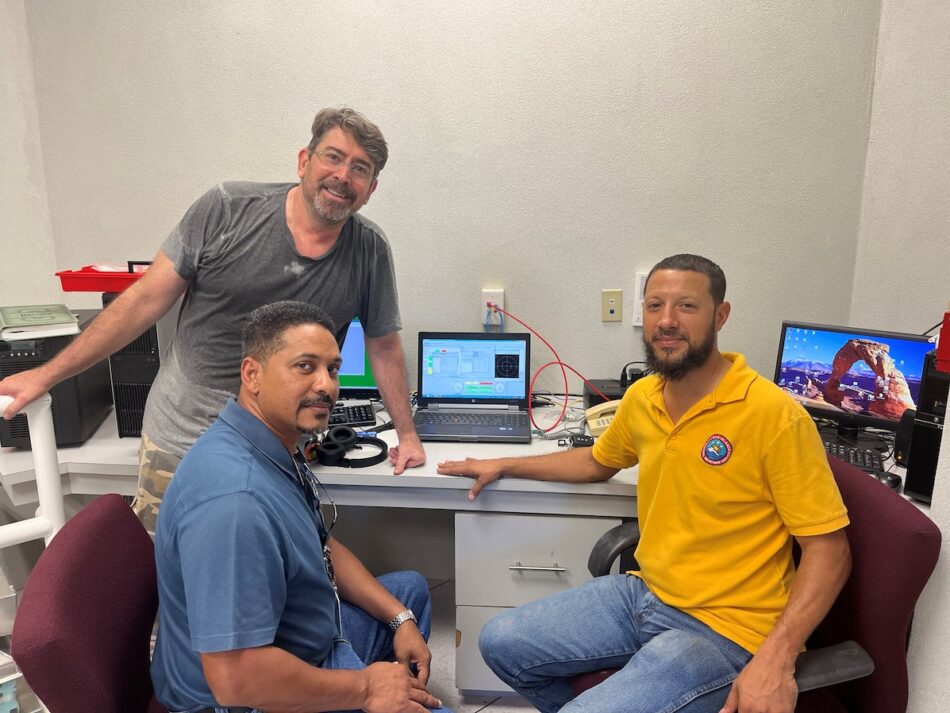

Technical group sitting by the main radar computer From left to right: Cesar Mello, LEONARDO Radar Engineer; Kerry Powery, Chief Meteorological Officer at the Cayman Islands National Weather Service (CINWS); and Michael Carey, Technical Services Manager at CINWS, collaborate on final adjustments to ensure the Kearney Gomez Doppler radar system is fully operational.
The doppler’s repair also involved a diplomatic partnership with the Barbadian government and the Barbados Weather Service, which assisted in the sourcing and exporting of critical equipment needed for the radar to resume service.
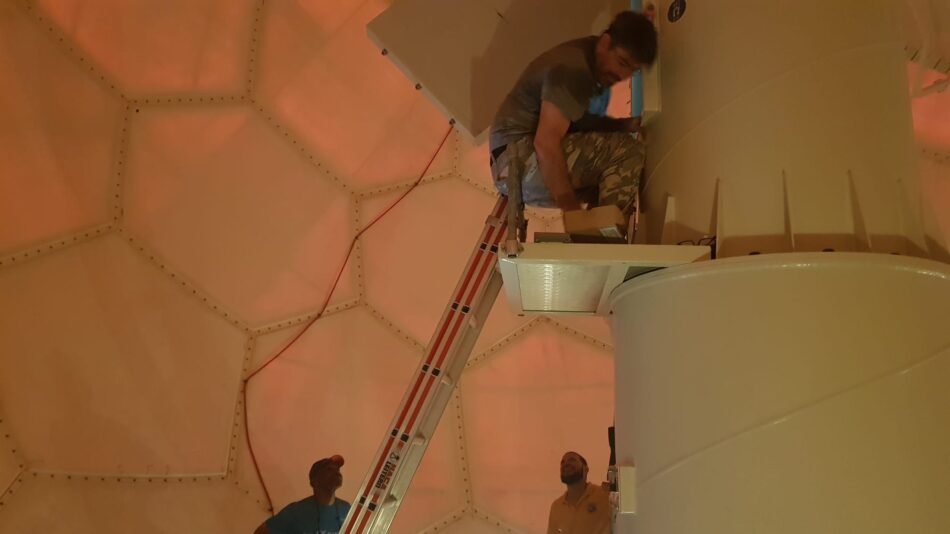

Technical team working at the radar pedestal Cesar Mello, LEONARDO Radar Engineer, carefully performs repairs inside the Kearney Gomez Doppler radar dome.
“Working closely with the engineer from LEONARDO, we have meticulously addressed the technical challenges faced by the radar”, said CINWS Technical Manager Michael Carey. “It is immensely gratifying to see our hard work come to fruition, ensuring that our radar system is functional before the hurricane season.”
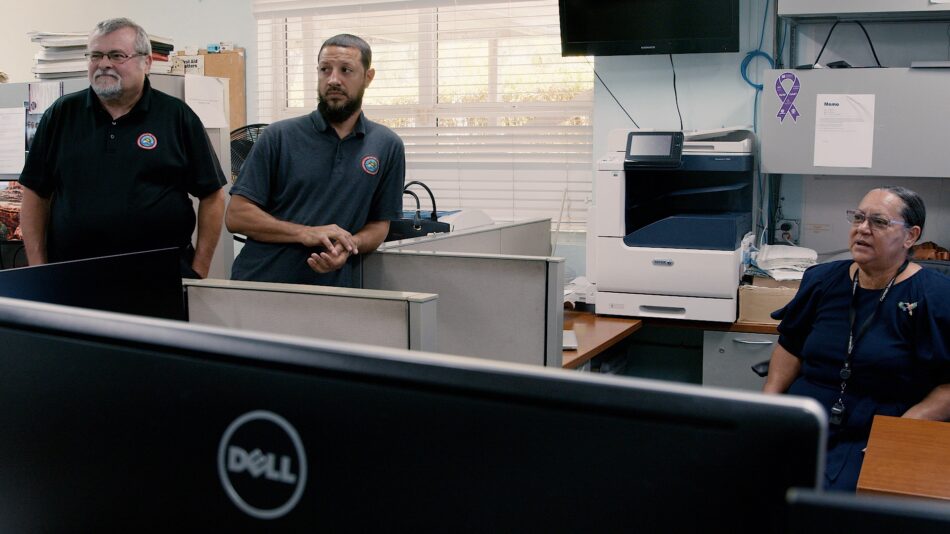

Michael Carey, Technical Services Manager at CINWS, shows the Premier the replaced part of the Doppler radar system
Mr. Carey’s sentiments were echoed by CINWS Director General, John Tibbetts. “We appreciate the public’s patience with unforeseen lulls in the radar’s service. We remain committed to providing accurate information about our weather and safeguarding our community ahead of natural disasters. Thankfully, we have now reinstated the radar, which serves as our early warning system. This increases our capacity for forecasting, research and accurate reporting in inclement conditions”, Director General Tibbetts said.
About the Kearney Gomez Doppler Radar
The Kearney Gomez Doppler radar is a specialised radar system that uses the Doppler effect to produce velocity data about objects at a distance. The system’s primary use is measuring the velocity of precipitation in the air which allows meteorologists to determine the speed and direction of precipitation, such as rain. This information is critical for understanding weather patterns, storm formations, and the potential for severe weather systems.
The Doppler radar first became operational in 2013 and has a lifespan of 15 years. The system was built by LEONARDO GmBH, a German manufacturer, and funded through a grant provided by the European Union in 2012. During the system’s lifetime it has experienced minor periods of downtime. In 2021, after Hurricane Grace, it received leaking, leading to substantial operation disruption, with repairs completed in 2022. Throughout 2023, the radar experienced several operational interruptions inclusive of the dehydrator being down for 3 months, a 1-day interruption in communications due to lightning and a 4-month service disruption caused by the slip ring and brush block failing. The radar system has been non-operational since 20 October 2023 due to a mechanical failure that was beyond the scope of the local team’s expertise and experience.
The Doppler radar has proven to be an invaluable tool in meteorological data collection and weather forecasting. The warranty on the system has now expired and is entering a phase where maintenance and repairs may be greater as the region experiences more active weather systems.





